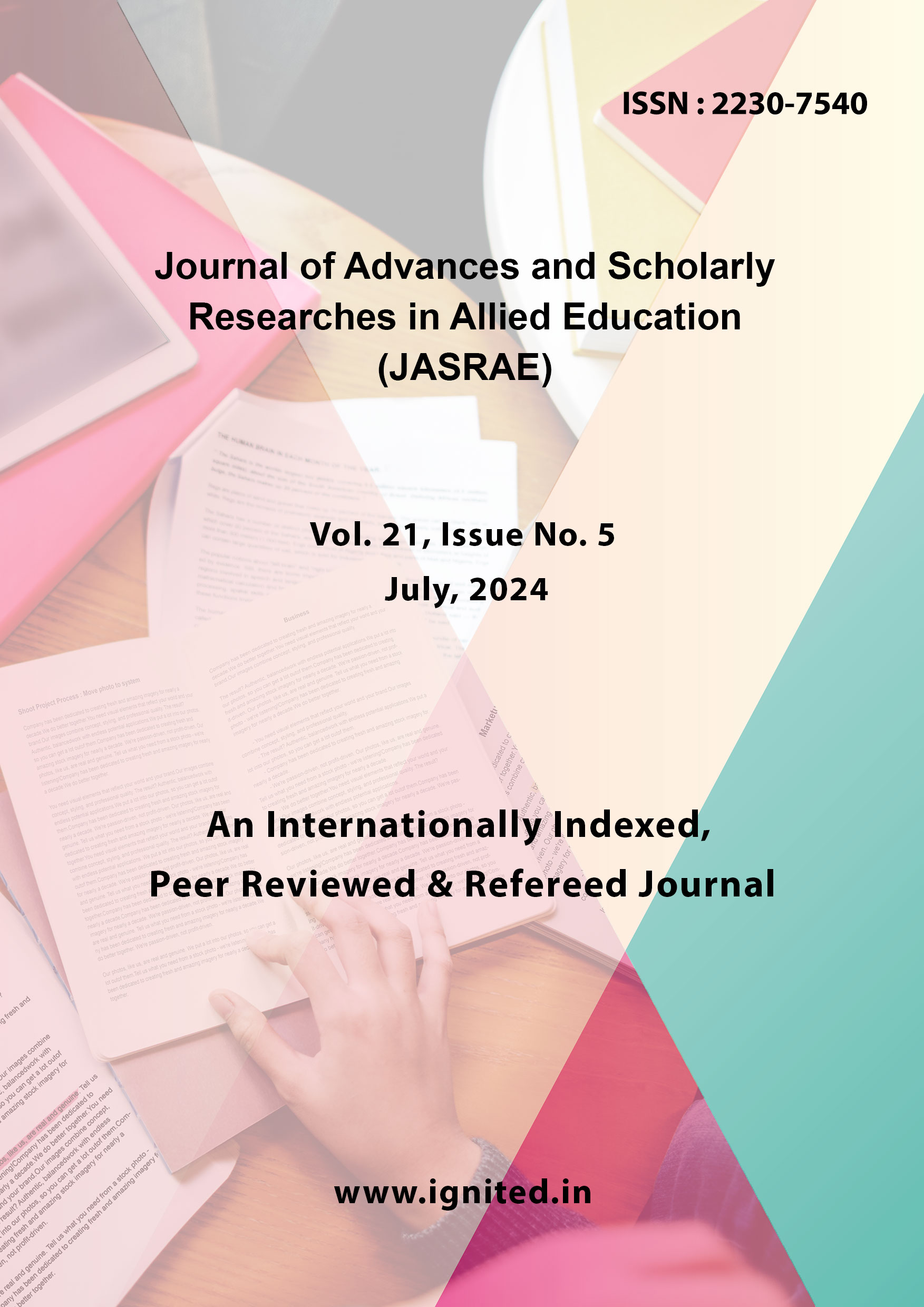Review of Menstrual Hygiene Management Practices Among Adolescent Girls: Challenges, Health Implications, and Future Directions
DOI:
https://doi.org/10.29070/3c6e0s15Keywords:
Health, Adolescent health, adolescent girls, Menstrual Hygiene, PracticesAbstract
Although a woman's menstruation is a normal biological process that is essential to her reproductive life, managing menstrual hygiene is still a major worldwide issue, especially for teenage girls in low- and middle-income nations. Maintaining dignity and one's physical and mental health depend on practicing proper menstrual hygiene. However, barriers to good menstrual hygiene habits persist due to cultural taboos, a lack of resources, and inadequate knowledge. Examining national and international policies targeted at resolving these concerns, this analysis examines the relationship between menstrual hygiene, adolescent health, and the right to health. The conversation emphasizes how important it is to manage menstrual hygiene in an appropriate way to prevent a girl's period from interfering with her everyday activities or undermining her self-esteem. A variety of menstruation items are assessed, with a focus on choosing the right goods to preserve hygiene, including sanitary pads, tampons, menstrual cups, and period underwear. The review also touches on the effects of menstruation problems on women's lives. The support that national and international initiatives like the Swachh Bharat Abhiyan, Beti Bachao Beti Padhao (BBBP), Rashtriya Kishor Swasthya Karyakram (RKSK), and the Scheme for Promotion of Menstrual Hygiene provide for the management of menstrual hygiene and adolescent health are examined. In order to guarantee that teenage girls may have healthy, productive lives with dignity and respect, the article emphasizes the need for ongoing efforts to enhance menstrual hygiene management via education, access to sanitary products, and the breakdown of societal taboos.
Downloads
References
GOI, (2000). Reaching the adolescent girls: Guidelines for implementation of adolescent girls' scheme as a component under centrally sponsored /CDS scheme. avail phb.nic.in/feature/feyr2000/fnov2000/f231120001.html.
Gulani, K.K. (2013). Community Health Nursing- Principles and practices
Gulani, K.K. (2013). Community Health Nursing- Principles and practices (2nd
Gultie,T.,Hailu,D .and Workineh,Y. (2014). Age of Menarche and Knowledge about Menstrual Hygiene Management among Adolescent School Girls in Amhara Province,Ethiopia:lmplicaton to Health Care Worker and school teacher
Karnath, R., Ghosh, D., Lena, A. and Chandrasekharan,U. (2013). A study on knowledge and practices regarding menstrual hygiene among rural and urban adolescent girls in Udupi Taluk, Manipal, India. Global journal of medicine and public health, 2 (4).
Kumar, S. and Singh, A.K. (2014). Menstrual practices and hygiene among adolescents: A cross sectional study in urban area of Garhwal, Uttarakhand International journal of interdisciplinary and multidisciplinary studies ,2( 2), 157-162. http://www.ijims.com
Lal, S., Adarsh and Pankaj,(2013). Text book of community medicine (3rd edn. revised).New Delhi: CBS publishers & distiibutors.
Mathur K.C. (2006). Short textbook of Physiology. (6th edn). Jaype brothers: New Delhi.
Menstrupedia ,(2015). What are general hygiene measures necessary during menstruation. Menstrupedia.com/articles/hygiene/necessary/hygiene
Menstrupedia ,(2015). What are general hygiene measures necessary during menstruation. Menstrupedia.com/articles/hygiene/necessary/hygiene
Newcomer, L. (2016). What your period might reveal about your health. available at greatist.com
Sampath, P. (2015). 10 menstrual hygiene tips every girl and women should know. www.thehealthsite.com/hygieneduring menstrual periods -10-things-you-should know
Singh, K. (2012). School health service and programme. slideshare avail at www.slideshare.net
Stanhope,M. and Lancaster, J.(2012).Public Health Nursing:Population Centered Health Care in the Community (8th edn).Elsevier:U.S.A.
Steinberg, L. (2017). Adolescence- Puberty, Cognitive transition, Emotional transition, Social transition. available at psychology.jrank.org/pages/14/ Adolescence/html
UNICEF (2013). Menstrual hygiene in schools in 2 countiies of Francophone, West Africa: Burkino Faso and Niger, case studies in 2013.Retrieved from https:/lwww.unicef org/wash/schools/files/











